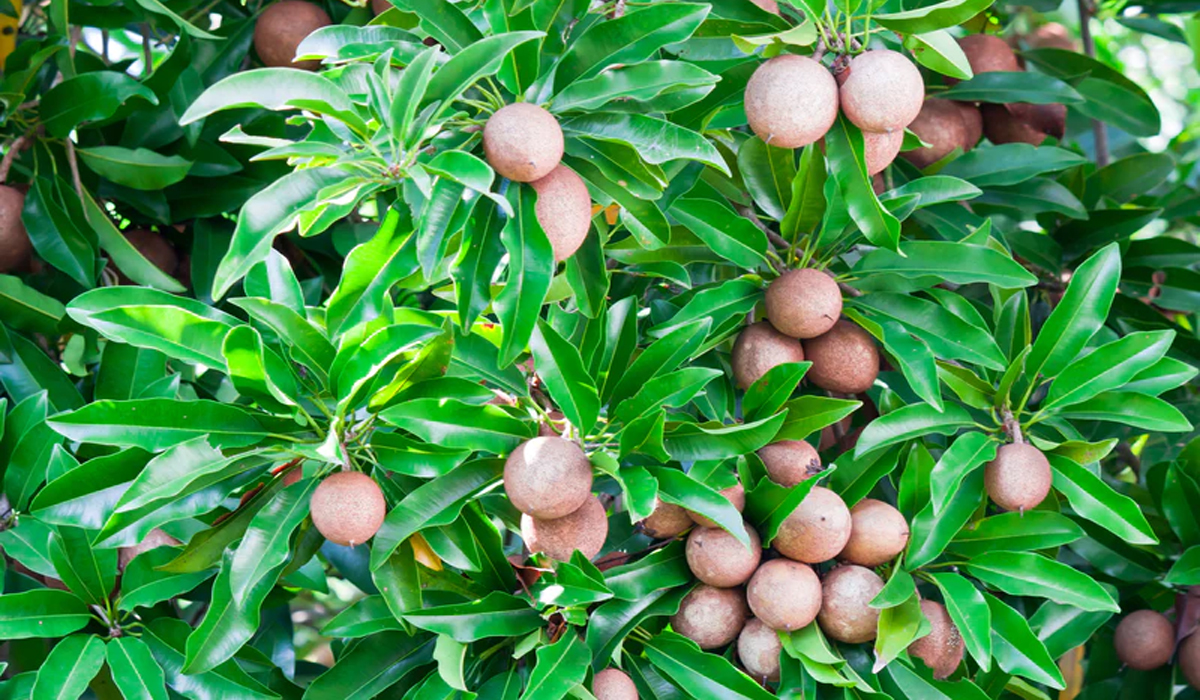Welcome to Aer Uzhavan
- Send Your Mail
- aeruzhavan24@gmail.com
- Contact Number
- +91 99947 03677 / +91 99947 03656 / +91 86105 31570
Product Detail
Sapota Plants
- Organized marketing plays a crucial role in the successful commercial cultivation of Sapota. The fruit is primarily marketed through two major channels: cooperative societies and private traders. However, Sapota’s perishable nature and sensitivity to cold storage pose challenges to its post-harvest management.
- Sapota is highly perishable, and due to its sensitivity to cold storage, a significant amount of produce is handled at ambient temperatures, leading to substantial post-harvest losses. It’s estimated that 25-40% of the crop is wasted due to mishandling and improper storage conditions.
- Sapota, being a tropical crop can be grown from sea level up to 1200 m. above It needs warm (10-380 C) and humid climate (70% relative humidity) for growth and can be cultivated throughout the year. Coastal climate is best suited for its cultivation.
- To reduce post-harvest losses and ensure consistent income for farmers, it is essential to focus on value-added products made from Sapota. The creation of processed products such as dried Sapota, Sapota pulp, and fruit beverages can help mitigate the challenges posed by its perishability and provide more stable market opportunities.
- By enhancing the commercial processing of Sapota and promoting innovative product development, the demand for Sapota can be expanded, and farmers can benefit from higher returns while contributing to the growth of the industry.
- In conclusion, well-planned cultivation practices, effective marketing strategies, and the development of value-added products are key factors for the sustained success of Sapota farming and ensuring better returns for farmers.

